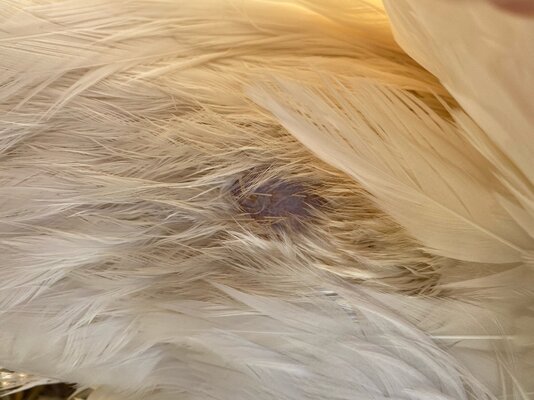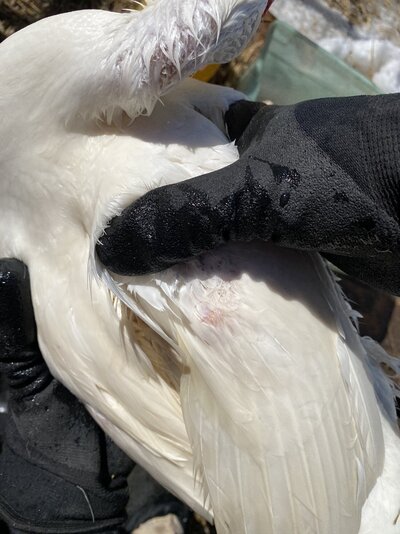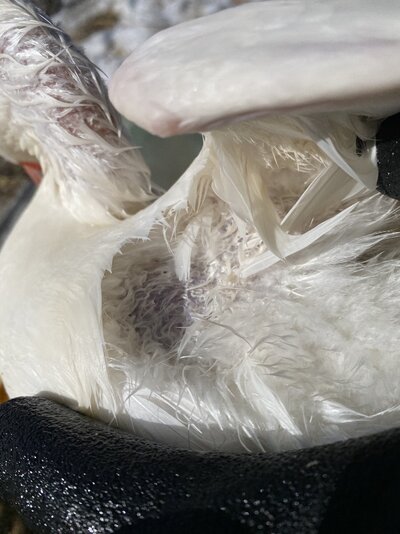Hello !
Two of my female Muscovy 1yo ducks have bald spots. They have one under each wing, and smaller ones on the wings. Besides that, no behaviour change. Are they molting ?
Thank you for your time,
Anaïs
Two of my female Muscovy 1yo ducks have bald spots. They have one under each wing, and smaller ones on the wings. Besides that, no behaviour change. Are they molting ?
Thank you for your time,
Anaïs









